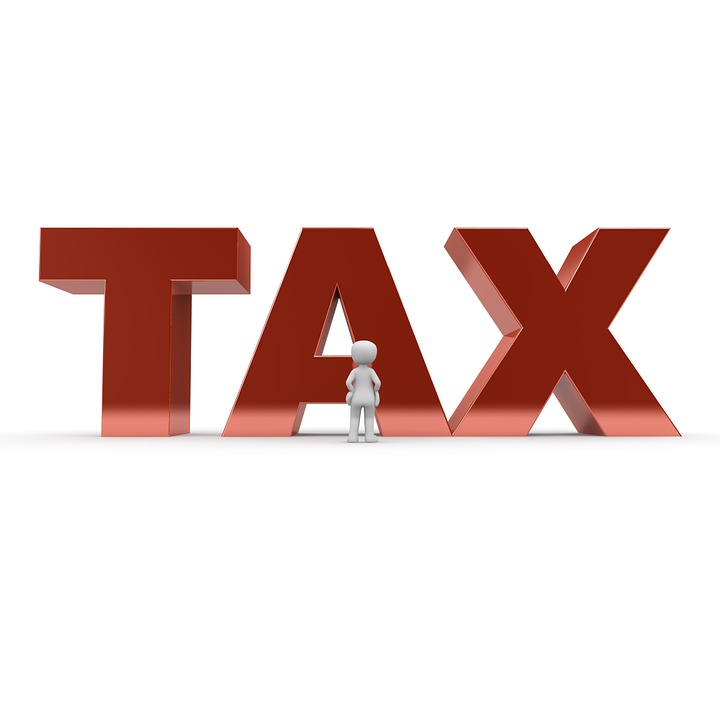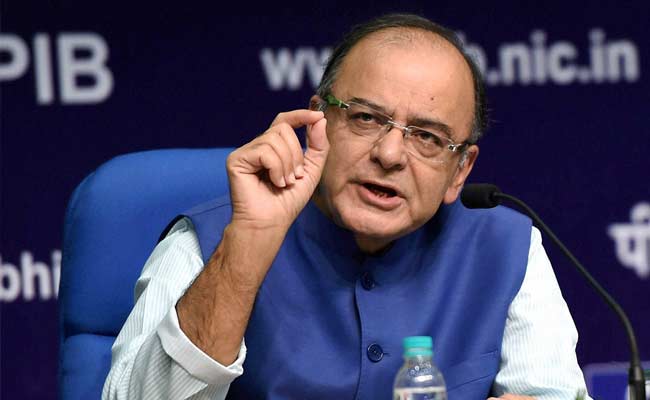What is GST? ; GST in India – A brief introduction
What is GST? Goods and Service Tax!!
What is GST? GST, that is the Goods and Service Tax is the new buzz across the country today. Everyone is interested in knowing the impact that the new GST law will have in their day to day life and also to our economy. GST is being widely debated by economists, business leaders, industrialists, tax professionals and the general public at large. It is being considered as the biggest tax reform in India’s 70 year history as an independent nation. But what exactly GST is? And what all changes will it bring to the indirect tax regime in India. For those who don’t know what Taxes are, please check this out – Introduction to Taxation
The most asked question of 2017 was – what is GST? GST has subsumed the majority of indirect taxes of our country (like Excise Duty, Service Tax, VAT, Central Sales Tax etc.). GST is based on the principle of Value Added Tax. Now you must be wondering what is the principle of Value Added Tax? VAT is an indirect tax levied on the amount by which the value of a good has been increased on each stage of its production or distribution.
For example, a tailor purchases cloth for ₹500 and pays ₹50 (10% of selling price of cloth) as Sales Tax. He then stitches the cloth and makes a shirt out of it. He sells the shirt for Rs. 1000 (after adding value of ₹500 to the shirt) to the retailer and collects ₹100 as (10% of the selling price of shirt) as Excise Duty. Even though, the tailor collected ₹100 as tax from the retailer, he will only deposit ₹50 to the Government because he had already paid ₹50 as tax at the time of purchasing the cloth. Also, if the retailer sells the shirt for ₹1500 (after adding value of ₹500) to the customer and collects ₹150 (10% of the selling price) from the customer, he will only deposit Rs. 50 to the government since he had already paid ₹100 to the tailer as tax.
It is evident that the net tax paid to the government is only ₹150 and is paid at every stage on the amount of value addition only. In this case, the cloth seller paid ₹50 tax, the tailor paid ₹50 tax and the retailer paid ₹50 as tax to the government for their value addition of ₹500 at every stage respectively. However, this was not possible in the previous tax regime since input credit for excise duty was not available to set off against VAT liability and vice-versa.
Now you might wonder what all taxes have been subsumed? Table given below has the list of important taxes that are being subsumed.
State Taxes :-
| Subsumed | Not Subsumed |
| Value Added Tax | Stamp Duty |
| Entry Tax, Octroi, Local Body Tax | State Excise Duty |
| Entertainment Tax | Sale Tax on petroleum products |
| Luxury Tax | Profession Tax |
| Surcharges and Cesses | Motor Vehicle Tax |
Central Taxes :-
| Subsumed | Not Subsumed |
| Service Tax | Customs Duty |
| Central Excise Duty | – |
| Central Sales Tax | – |
| Special Customs Duty | – |
| Additional Customs Duty | – |
The previous system of indirect taxes had multiple taxes being levied by the Centre and State which led to complexity and conflicts in the indirect tax structure. Also, the multiple tax compliance and administrative costs was another burden on the businesses as well as the government. Uniformity in tax rates and structure across States was missing. There was a cascading effect of taxes due to ‘tax on tax’. Restrictions to avail seamless credit were in abundance, since the credit of excise duty and service tax paid at the stage of manufacture was not available to the traders while paying the State level sales tax or VAT, and vice-versa. Further, no credit of State taxes (like CST) paid in one State could be availed in other States.
Goods and Service Tax is designed to mitigate the cascading effect of taxes, provide near seamless credit and make way for a common market. However, to accomplish these objectives, the centre requires the co-operation of all States.
What are the anticipated benefits of GST for our economy?
- Removal of the cascading effect, thus decreasing the price of majority of the consumer goods
- Expected increase in the GDP growth by 1-2% till 2018-19
- Increase in ease of doing business
- Increase in foreign direct investments due to easier compliance procedures
- Reduction in corruption and tax evasion due to the use of GST Network
India has adopted the dual GST model, wherein both the central as well as the state government will levy and collect GST concurrently on a transaction of sale or provision of service in the form of the State Goods and Service Tax (SGST) and the Central Goods and Service Tax (CGST). This is however the case for intra state transactions only. When the transaction is done amongst states, there will be imposed the Integrated GST Law 2017 (i.e. CGST + IGST), and the tax will be gathered by the Central Government only. Although, later the SGST component is remunerated to the State Government (by the Centre) from where the services or goods have been expended.
What is GST? – this question can now be answered by you.





Pingback: Tax Structure in India - An Introduction - Your Columnist
Pingback: Valuation Provisions of Goods and Service Tax - Your Columnist
Pingback: Introduction to Taxation India - Your Columnist
Pingback: Goods and Services Tax - GST Return filing - FAQs